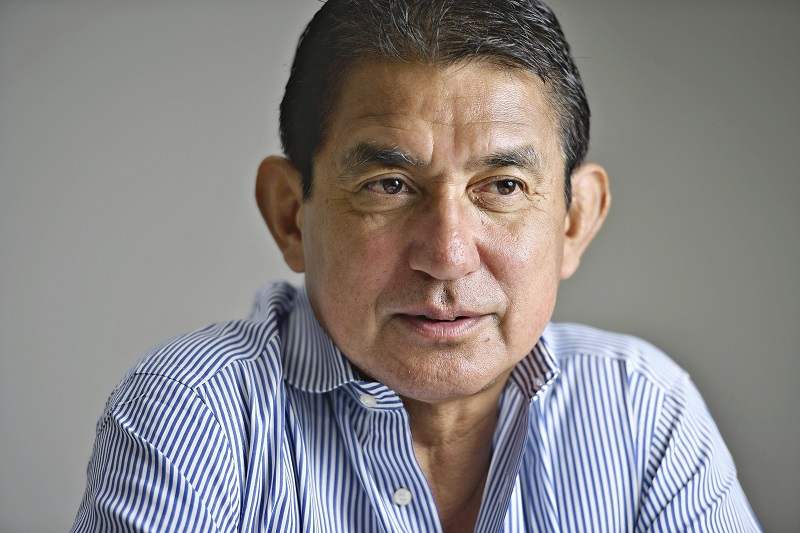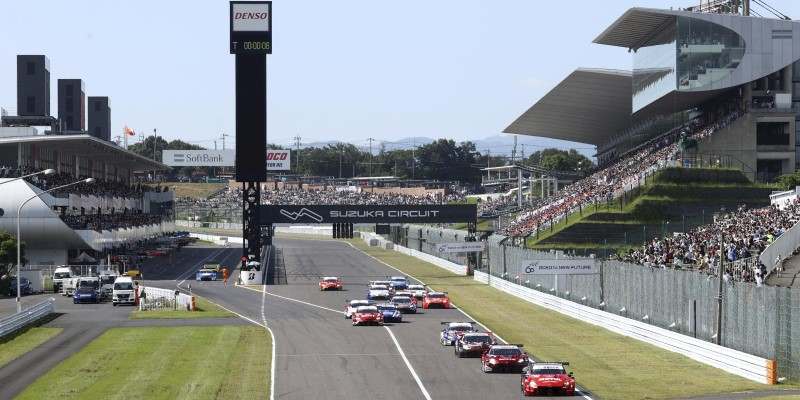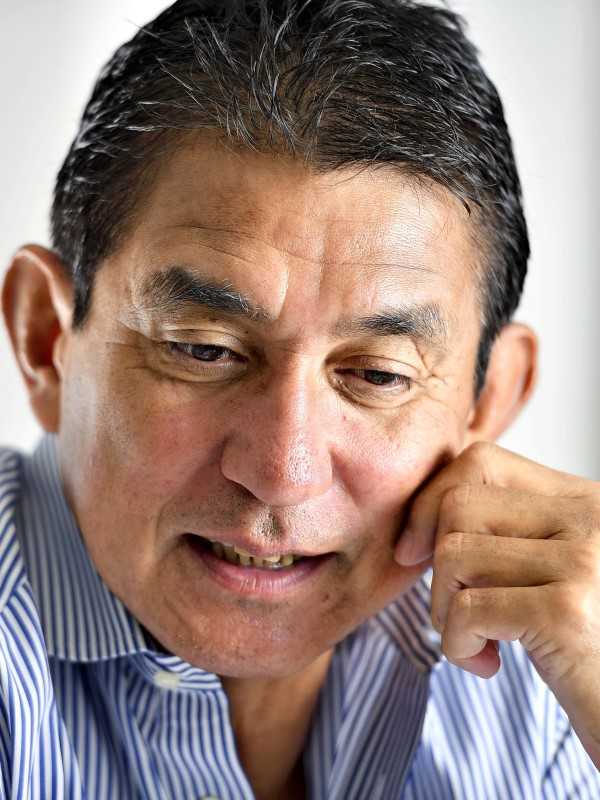For ex-F1 racer Suzuki, historic Suzuka track holds mixed memories

Former racer Aguri Suzuki speaks to The Yomiuri Shimbun about the Suzuka Circuit on Sept. 13 in Tokyo.
12:48 JST, September 21, 2022
Back in 1990, Aguri Suzuki became the first Japanese racer to finish on the podium in a race on the Formula One circuit, long regarded as the highest level of motor racing.
That third-place finish came at the Suzuka Circuit in Suzuka, Mie Prefecture, a demanding race track that celebrated the 60th anniversary of its opening on Tuesday and has long been a sacred place in Japanese motorsports as the venue for numerous top-level races.
“I hope that a new superstar will be born here that gives motorsports a boost,” the 62-year-old Suzuki said on his memories of Suzuka — mostly good, some bad — in an interview with The Yomiuri Shimbun to commemorate the track’s milestone.

Suzuka Circuit in Suzuka, Mie Prefecture
The Suzuka Circuit was conceived by Honda Motor Co. founder Soichiro Honda (1906-91) and constructed in 1962. From its first one in 1987, the track has hosted about 30 F1 races. With 18 turns over a 5.8-kilometer course for four-wheeled racers, it is regarded as a demanding testing ground of driving skills.
Suzuka also has a traffic education center, an amusement park with go-karts and minibikes for kids and a driver training institute. According to track operator Honda Mobilityland Corp., the annual number of visitors reached a record high of about 3.75 million in 1991, significantly up from about 220,000 in 1962.
Although the numbers dropped to less than 700,000 in 2020 and 2021 due to the pandemic, circuit officials and the local area have high hopes for the F1 race scheduled for October, the first in three years.
Suzuki’s first race at Suzuka came in an F3 event in 1979. The F3 circuit is considered a gateway to F1.
“I was so caught up in the excitement, I really can’t remember it very well,” he said with a laugh.

Former racer Aguri Suzuki
From then, Suzuki completed tens of thousands of laps on the difficult course. Not all of them ended well.
“There are a series of turns, and if you make a mistake on just one of them, it throws off your rhythm for the entire race,” he said. “I had a lot of tough experiences, including crashes.”
Suzuki had both his F1 debut and his final race at Suzuka. But what remains most memorable was, not surprisingly, his historic podium finish in 1990. The stands that day were filled with Brazilian flags in support of the wildly popular Ayrton Senna, the legend who would die in a race crash in 1994 at age 34.
“But I had moved up among the leaders and when I crossed the finish line, I saw an awful lot of Japanese flags,” Suzuki said.
These days, former racer often visits Suzuka as president of a company that trains drivers.
“The cars are completely different and have progressed a long way in 60 years, but it’s still fun to watch,” he said. “It’s really an amazing circuit.”




